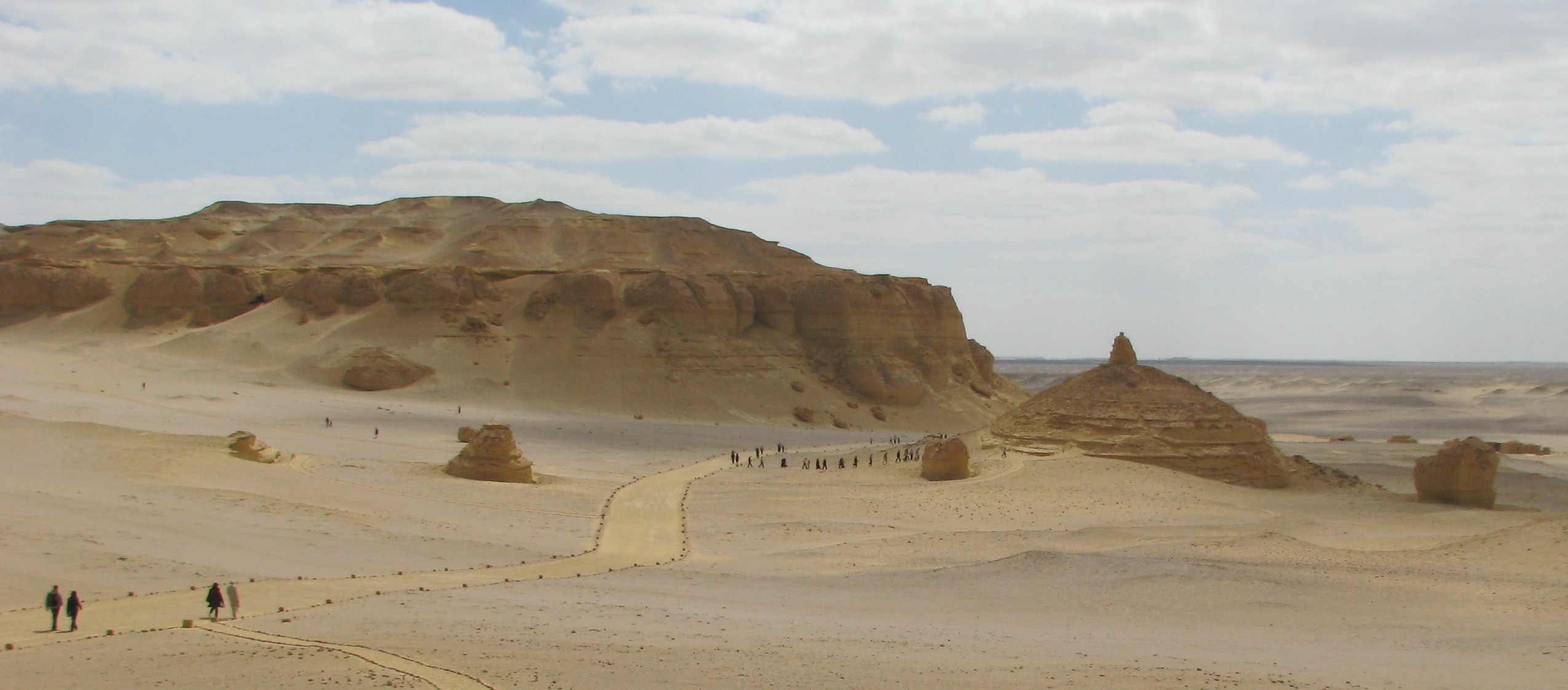Climate change now threatens nearly half of the world’s natural World Heritage sites, overtaking all other pressures, according to the IUCN World Heritage Outlook 4 released at the IUCN Congress in Abu Dhabi. The report finds that 43% of sites face severe climate threats, while invasive alien species affect 30%, and wildlife and plant diseases are rising sharply, now impacting 9% of sites, up from just 2% in 2020.
Based on a decade of assessments since 2014, the Outlook provides the most comprehensive global analysis of the state of natural World Heritage. It reveals that the proportion of sites with a positive conservation outlook has dropped from 62% in 2020 to 57% this year, with biodiversity-rich areas most affected.
“Protecting World Heritage is not just about safeguarding iconic places it is about protecting the foundations of life, culture, and identity,” said Dr. Grethel Aguilar, IUCN Director General. “These sites sustain communities, inspire generations, and connect us to our shared history. The new findings show that threats are rising and stronger efforts are needed to secure these irreplaceable treasures for future generations.”
The report highlights how interconnected pressures, climate change, invasive species, and pathogens, compound each other. Rising temperatures and changing rainfall patterns enable invasive species to spread faster, while also altering conditions for pathogens. Diseases such as Ebola in primates, white-nose syndrome in bats, and top-dying in mangroves are among those eroding ecosystems and threatening keystone species.
Only half of the 271 sites assessed have effective protection and management in place, while 15% face serious financial shortfalls that weaken conservation capacity. However, the Outlook also documents progress: 13 sites improved their conservation outlook since 2020, including four in West and Central Africa, where anti-poaching measures and local partnerships helped stabilise wildlife populations.
“The IUCN World Heritage Outlook 4 shows both the scale of the challenge and the power of effective management,” said Tim Badman, IUCN Director for World Heritage. “Ensuring resilience requires long-term commitment and adequate finance at every level.”
The report calls for greater recognition of Indigenous Peoples’ leadership and knowledge, noting their key role in improving biodiversity outcomes and site resilience across regions.














